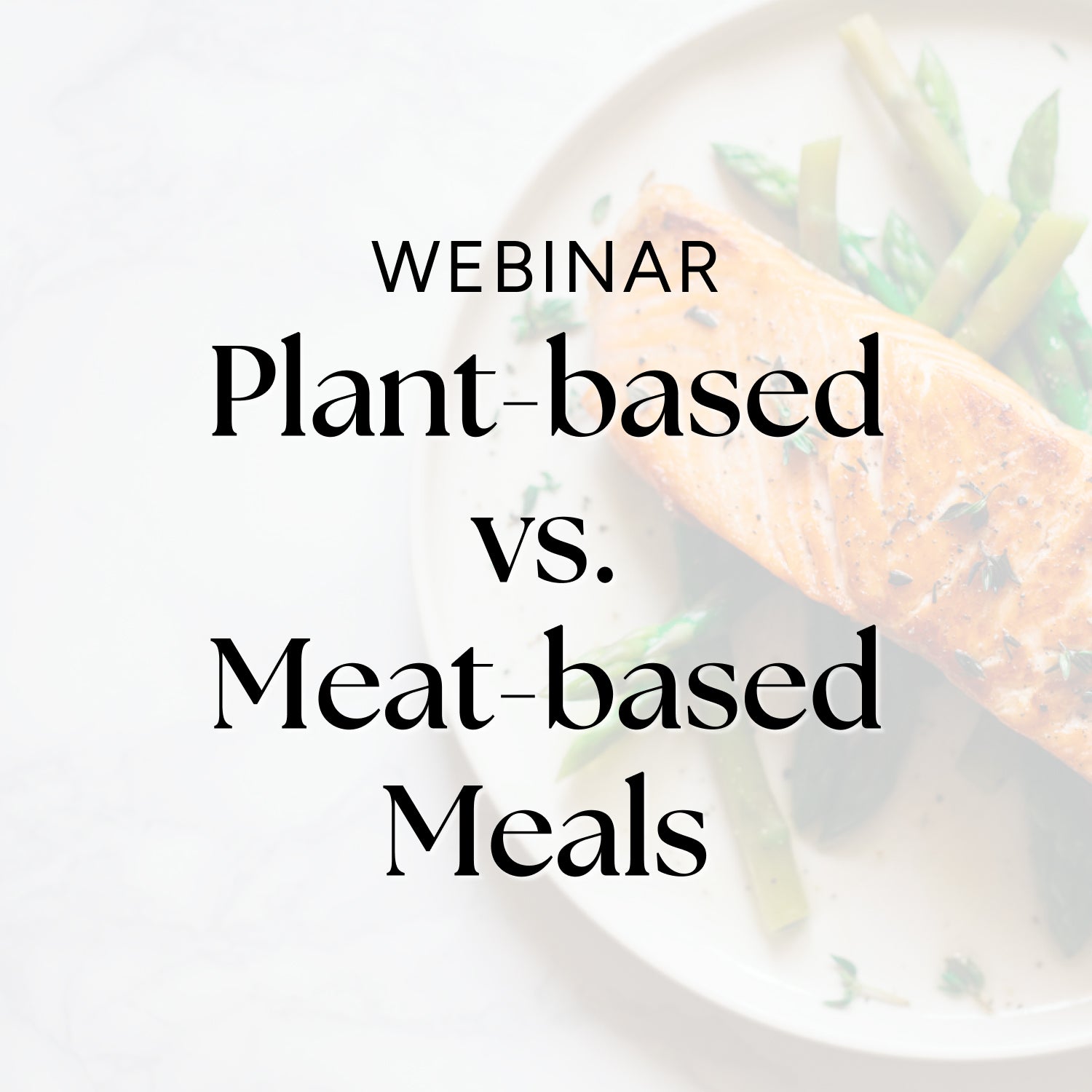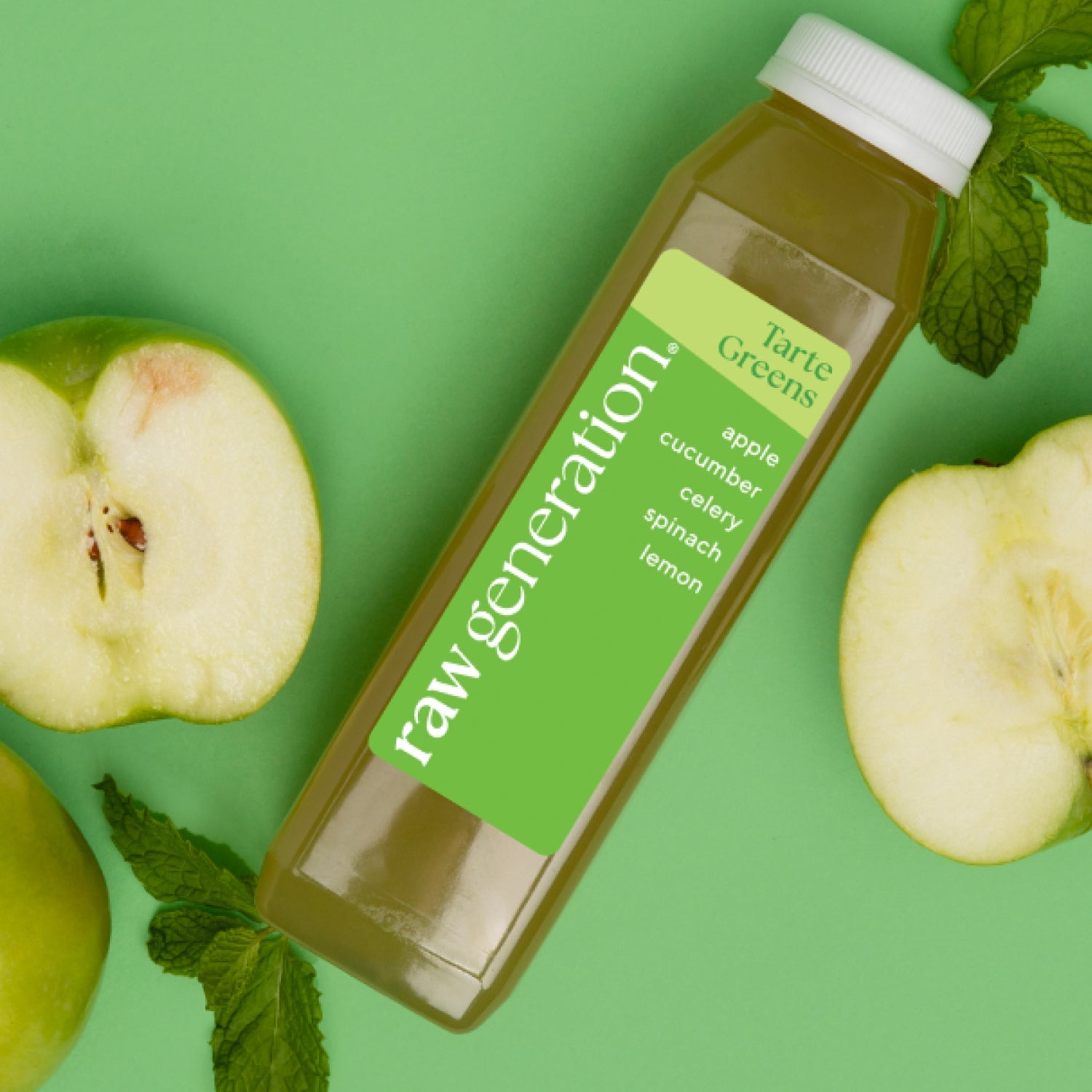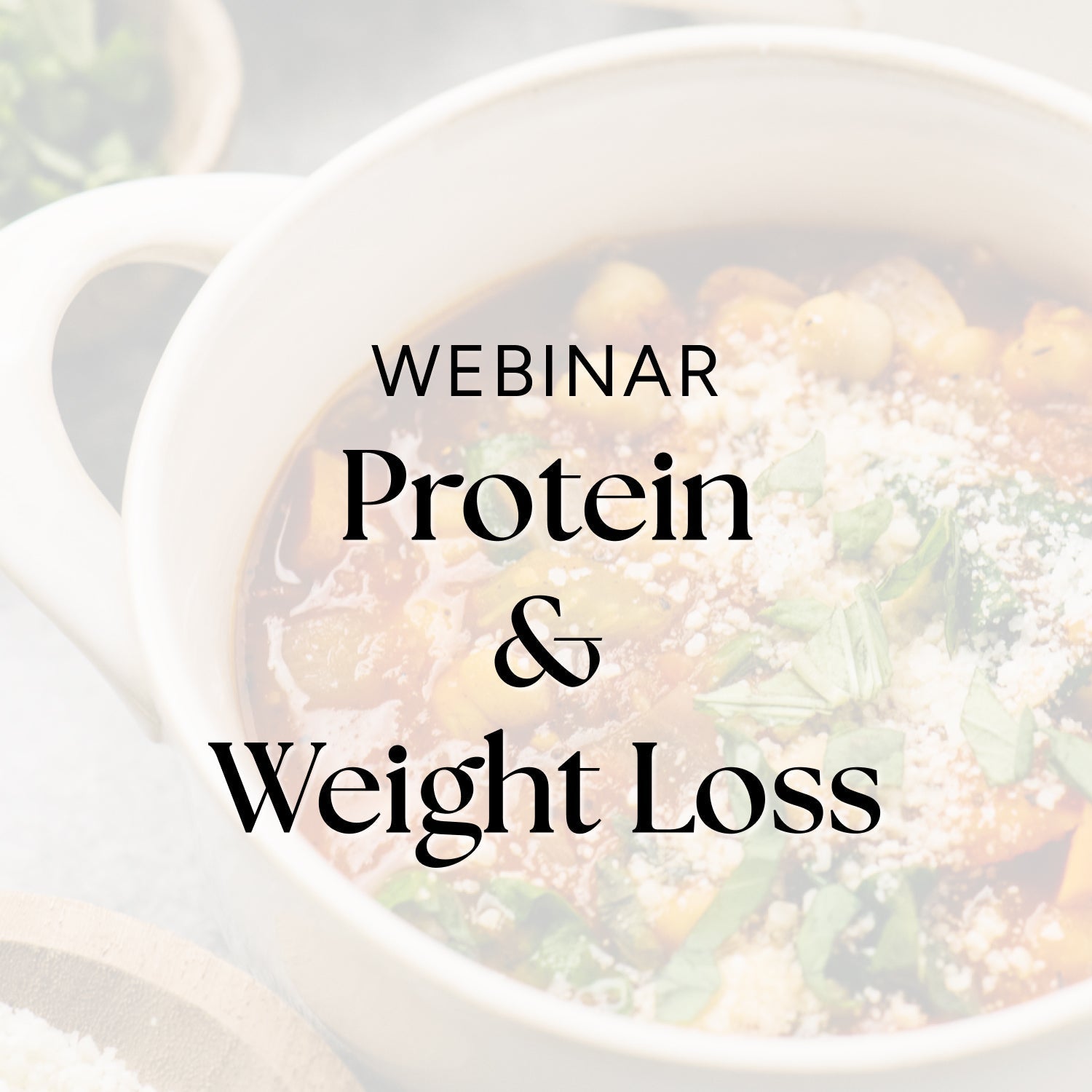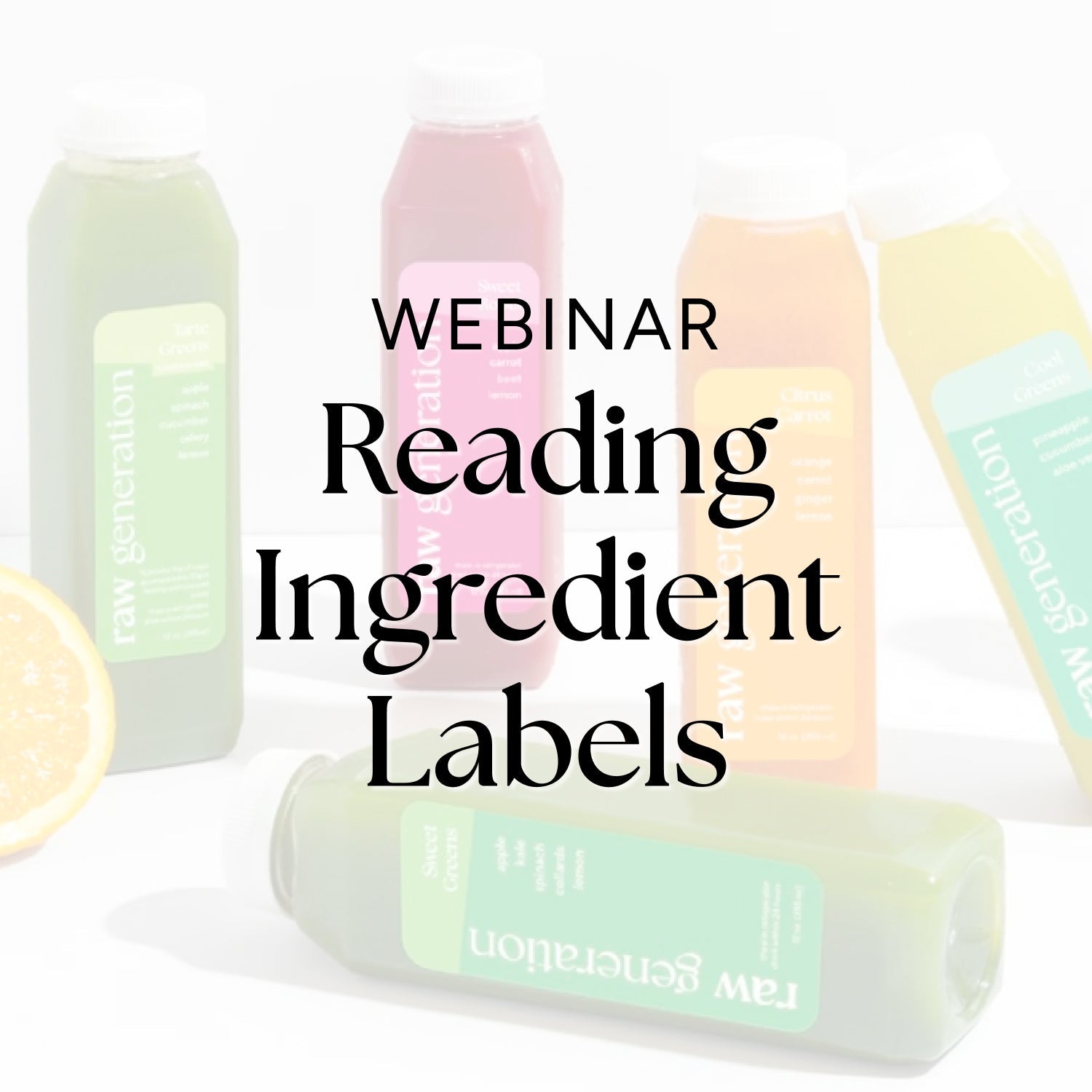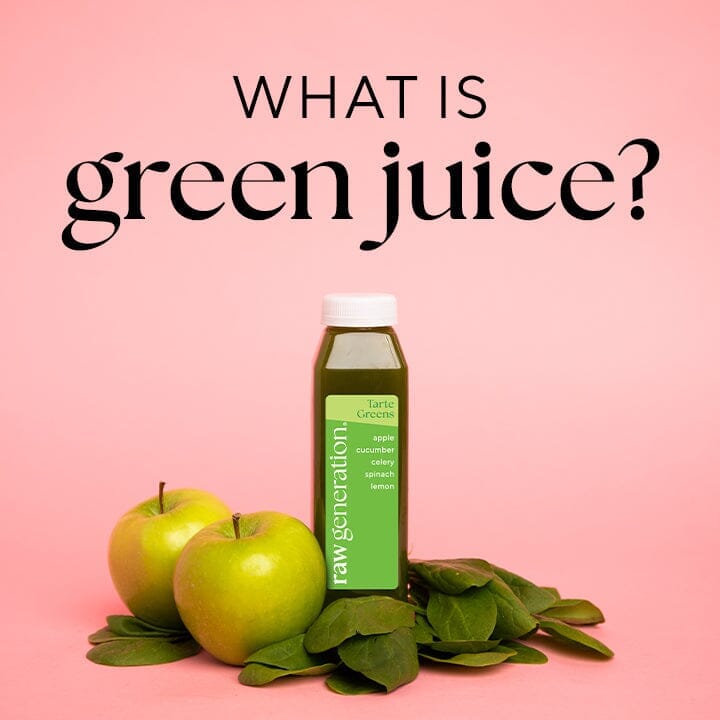You’ve likely heard all the hype about green juices and seen countless ads for green powders, but why are they suddenly such a big deal?
Well, the rest of the world is catching up to what many of us holistic practitioners have known for decades: Dark green juice is one of the most healing and restorative things you can put into your body.
Simply put, green juice is the liquid extracted from a green plant, leaving behind the fiber. Typically it is mixed with other vegetable or fruit juices to make the taste more enjoyable (Because let’s face it...Swiss chard juice is not exactly delicious on its own).
Green juice recipes can be made at home in a juicer, purchased from a juice bar, bought from a supermarket shelf, or delivered to your door frozen from a company like Raw Generation.
But what is the difference between all these types of green juice?
Let’s take each example here:
Green juice made at home in a juicer
The PRO’s: This type of green juice is as fresh and powerful as it gets. If juiced and immediately consumed, all enzymes, vitamins, minerals, and phytonutrients are completely active and bio-available for the body to use.
The CON’s: Juicing at home can be time consuming, especially the clean-up. I have yet to find a juicer that is easy to clean, even if it’s advertised as such. To make green juice at home can also be very expensive, as it takes a lot of produce (leafy greens, green vegetables, non-green vegetables, and fruits) to make even one or two large glasses of juice.
Green juice purchased from a juice bar
The PRO’s: This type of green juice is as usually as fresh as juicing at home. All vital nutrition is preserved and the process could not be easier - You just order, pickup, and drink yourself healthy. Tip: If you desire to add wheatgrass juice to your regimen, the ideal place to get this is at a juice bar. To juice it at home requires a special type of juicer, different from the one you would be using to juice everything else.
The CON’s: The cost of juice bar juices is usually quite high. You are also subject to the juice tasting only as good as the barista who makes it. I have had very delicious juice bar green juices or nearly undrinkable ones due to overly high amounts of lemon or fresh ginger. One last con is the need to travel to pickup the juice.
Green juice bought from a supermarket shelf
The PRO’s: To be honest, I do not feel there are any pros to drinking this type of juice. Even as a source of hydration, pure filtered water would be superior to this type of juice.
The CON’s: All supermarket juice (unless it is juiced fresh INSIDE the supermarket) is either high heat pasteurized or HPP’d (High-pressure processed). The room-temp shelf stable juices are heat pasteurized, whereas the refrigerated, often “cold-pressed” green juices are HPP’d. BOTH of these processing method completely kill the enzymes and degrade the nutrition and also the taste of the juice. When I see bottled green juice on a store shelf, I look at it as nothing more than glorified sugar water.
Green juice delivered to your door frozen
The PRO’s: This type of green juice is as close to fresh as you can get without doing it yourself or visiting a juice bar. At Raw Generation we flash freeze all juice immediately after it is bottled, thus preserving all enzymes, antioxidants, vitamins, minerals, and of course - the delicious taste. Another benefit here is the ability to store the juice frozen until you are ready to use it, so you will always have healthy options on hand without having to repeatedly drag out the juicer.
>> Order your frozen juice HERE.
The CON’s: Frozen juice delivery can be costly, but is far more affordable if subscribed to. Freezer storage is also sometimes an issue if you have a very small unit or have a lot of other things taking up space.
The countless health benefits of green juice
I could dedicate an entire book to the health benefits of drinking green juice. Drinking green juice on a regular basis does so many amazing things in your body, mainly due to the chlorophyll found in dark leafy greens. This chlorophyll (the green pigment in plants) is nature’s best detoxifier.
Here are just SOME of the benefits:
Eliminate Cravings - That’s right! Getting in adequate chlorophyll each day can greatly reduce or eliminate your cravings for unhealthy foods.
Detoxification - Help cleanse your body’s vital organs like the liver and kidneys with gentle detoxification. This detox process also helps to clear the skin. In fact, drinking a daily green juice has even been shown to help heal lifelong acne scarring.
Gut Health - Getting in regular chlorophyll will greatly improve your gut health. Over time, chlorophyll restores the hydrochloric acid (HCL) balance in your stomach, therefore making your body more able to properly uptake nutrients again.
Stronger Immunity - Green juice is packed with immunity powerhouses like vitamin C, vitamin A, and vitamin K. Supporting your immune system with green juice is (in my opinion) even more effective than using supplements.
Healthy Digestion - Drinking green juice on a regular basis will help your body’s elimination processes, often relieving constipation and bloating. While juices generally are low in fiber, some prebiotic fiber from the greens does remain, and this is immensely beneficial to your gut microbiome.
Weight Loss - Getting in a healthy green juice each day can make all the difference in achieving your weight loss goals because it helps your whole body to just feel better. When part of a balanced diet, the healthy carbohydrates from green juice will increase your energy levels and the chlorophyll will combat unhealthy cravings. You will be setup for success.
Balance Hormones - Dark leafy greens are nature’s best source of key minerals like iron, calcium, magnesium, and potassium - nutrients that are often depleted when a person’s hormones are imbalanced. They also contain essential vitamins and fatty acids which are so important to restoring homeostasis in your body. While chlorophyll ALONE will not likely balance your hormones it is most certainly a key part in any regimen I give to my female clients.
The best way to get green juice every day
In addition to including dark leafy greens as part of a healthy diet everyday, it is unbelievably beneficial to include some in juiced or blended form (green smoothies), as well.
You can make or order your favorite green juice to have as a snack or to accompany a meal. If you are looking for an actual meal replacement, either drink 2 juices OR make a green smoothie. The fiber in the smoothie will help keep you fuller for a longer period of time.
One other way to get in your green juice for a set period of time (or to just try it out and see if you like it!) is to do a juice cleanse. Every Raw Generation cleanse includes anywhere from 1 to 6 green juices each cleansing day, along with other flavors.
>> Order My Raw Generation Cleanse Now
Since the time I became a nutritionist I have always touted the benefits of getting in dark leafy greens every day. My clients even consider green smoothies my claim to fame!
That being said, I cannot stress to you enough how important it is to make sure you are consuming raw chlorophyll as frequently as possible.
There is no question that your body will thank you. 💚
